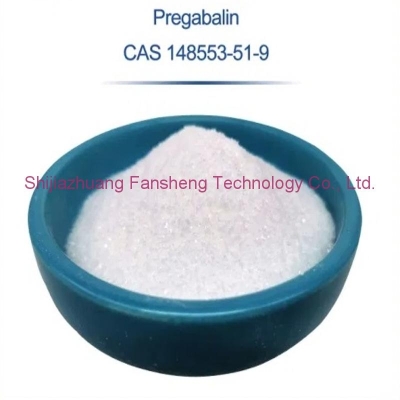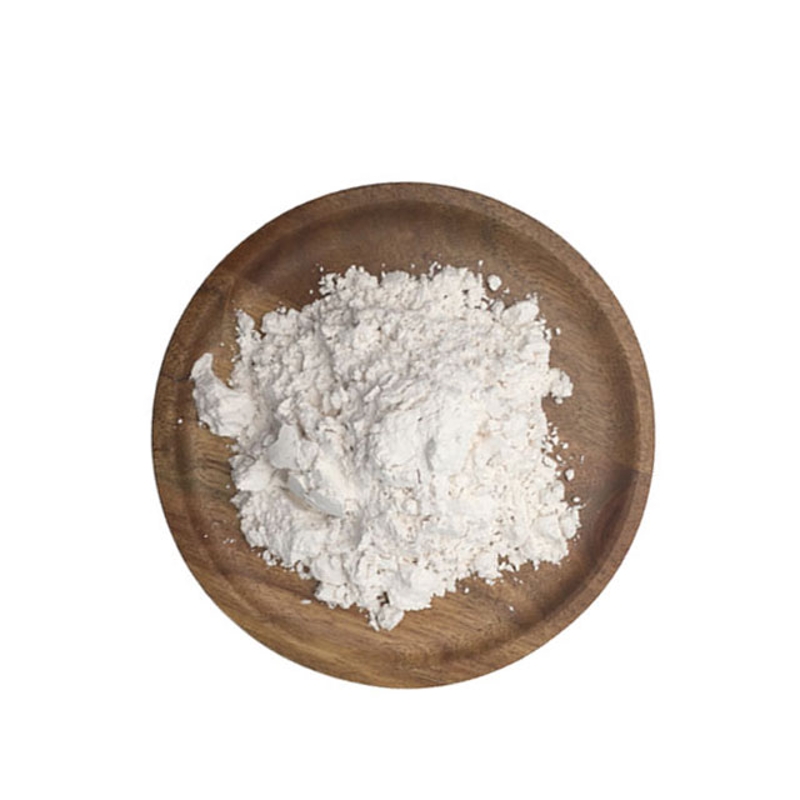-
Categories
-
Pharmaceutical Intermediates
-
Active Pharmaceutical Ingredients
-
Food Additives
- Industrial Coatings
- Agrochemicals
- Dyes and Pigments
- Surfactant
- Flavors and Fragrances
- Chemical Reagents
- Catalyst and Auxiliary
- Natural Products
- Inorganic Chemistry
-
Organic Chemistry
-
Biochemical Engineering
- Analytical Chemistry
- Cosmetic Ingredient
-
Pharmaceutical Intermediates
Promotion
ECHEMI Mall
Wholesale
Weekly Price
Exhibition
News
-
Trade Service
Written | Edited by Wang Cong | Nagashi Typesetting | The water-written blood-brain barrier (BBB) is the most restrictive barrier.
It can prevent most biomolecules and drugs from entering the brain and set a "barrier" for the treatment of cerebrovascular diseases.
The blood-brain barrier (BBB) refers to the barrier between blood plasma and brain cells formed by brain capillary walls and glial cells, and the barrier between plasma and cerebrospinal fluid formed by the choroid plexus.
Only specific types of molecules are allowed to pass from the blood.
The flow enters the brain neurons and other surrounding cells.
The existence of the blood-brain barrier is of great significance in preventing harmful substances from entering the brain from the blood.
However, the blood-brain barrier also prevents the transfer of most small molecule drugs and macromolecules (such as peptides, proteins and gene-based drugs).
Limits the treatment of central nervous system diseases (such as neurodegenerative diseases, brain tumors, brain infections and strokes, etc.
).
With the increasingly serious population aging problem, neurodegenerative diseases such as Alzheimer's disease are growing rapidly, and the treatment of brain diseases is facing severe challenges.
Therefore, there is an urgent need for drug delivery strategies that effectively break through the blood-brain barrier.
Recently, Professor Lei Dong, Professor Junfeng Zhang, and Professor Chunming Wang of the University of Macau, as co-corresponding authors, published a study titled: Delivering Antisense Oligonucleotides across the Blood-Brain Barrier by Tumor Cell-Derived Small Apoptotic Bodies in the Advanced Science journal.
paper.
The study confirmed that nano-scale apoptotic bodies secreted by brain metastatic cancer cells can be used as a new type of drug delivery vehicle that can break through the blood-brain barrier.
Mouse model experiments have confirmed that apoptosis with antisense oligonucleotides Bodies can effectively alleviate the symptoms of Parkinson’s disease and are expected to completely change the diagnosis, prevention and treatment of many brain diseases.
Apoptosis Body (ABs) is a vesicle structure secreted by dying cells.
They were discovered half a century ago, but their role has been underestimated.
Due to the uneven size distribution (ranging from hundreds to thousands of nanometers in diameter) and complex composition (including large chromosomal DNA fragments and various cytoplasmic proteins) of apoptotic bodies, they are rarely considered for drug delivery.
However, for apoptotic bodies with a variety of natural biologically active lipids and abundant proteins, it should not only be an in vivo recovery system, but also have more functions.
In this article, the research team isolated small apoptotic bodies (sABs) and revealed their potential advantages as a delivery system targeting the brain.
First, compared with micron-sized apoptotic bodies, small apoptotic bodies (sABs) are more uniform in size, have fewer DNA fragments, and are rich in RNA.
Secondly, small apoptotic bodies (sABs) are stable in serum and have a long circulation time in the body, and are not easily swallowed by phagocytes.
Third, the loading efficiency of drugs in sABs is very high, and the process is efficient and controllable.
Finally, small apoptotic bodies (sABs) are vesicles that shed from the cell membrane, so the molecules in the cell membrane remain on these vesicles, providing a way to incorporate targeting ligands.
With these advantages, small apoptotic bodies (sABs) may become new candidates for drug delivery.
Next, the research team discovered that anti-TNF-α antisense oligonucleotides (ASO) combined with cationic konjac glucomannan (cKGM) can be successfully loaded into small apoptotic bodies through the transfection/apoptosis induction process Among them, the small apoptotic bodies (sABs) produced by melanoma cells (B16F10) with high brain metastasis ability have extremely high brain delivery efficiency.
Further studies have shown that small apoptotic bodies (sCABs) loaded with ASO are transported by cerebral vascular endothelial cells (b.
End3), breaking through the blood-brain barrier mediated by CD44v6, and finally absorbed by microglia in the brain.
In a mouse model of Parkinson's disease (PD), small apoptotic bodies (sCABs) loaded with ASO greatly improved the symptoms of Parkinson's disease in mice through the anti-inflammatory effect of ASO.
This study shows that small apoptotic bodies (sCABs) from brain metastatic cancer cells are excellent delivery vehicles targeting the brain.
They not only have excellent delivery efficiency, but also have a higher scale than other extracellular vesicles.
The potential of chemical production is expected to revolutionize the diagnosis, prevention and treatment of many brain diseases.
Professor Lei Dong, the corresponding author of the study, said that small apoptotic bodies (sCABs) will be able to overcome the bottleneck of exosome-based treatments and are expected to become a new type of in vivo drug delivery system.
Link to the paper: https://doi.
org/10.
1002/advs.
202004929 Open to reprint this article Open to reprint: Just leave a message in this article and let me know







